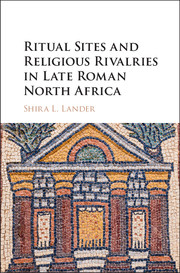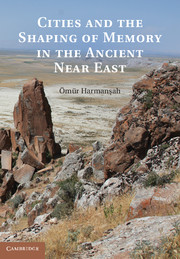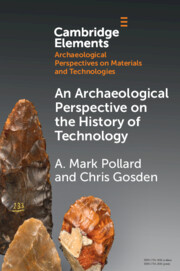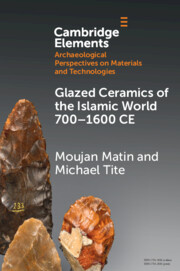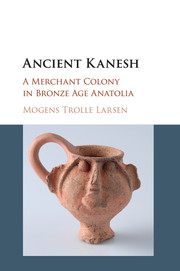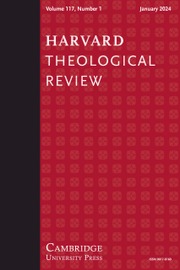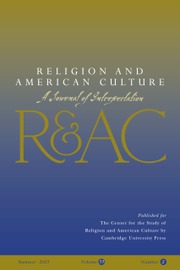Ritual Sites and Religious Rivalries in Late Roman North Africa
In Ritual Sites and Religious Rivalries in Late Roman North Africa, Lander examines the rhetorical and physical battles for sacred space between practitioners of traditional Roman religion, Christians, and Jews of late Roman North Africa. By analyzing literary along with archaeological evidence, Lander provides a new understanding of ancient notions of ritual space. This regard for ritual sites above other locations rendered the act or mere suggestion of seizing and destroying them powerful weapons in inter-group religious conflicts. Lander demonstrates that the quantity and harshness of discursive and physical attacks on ritual spaces directly correlates to their symbolic value. This heightened valuation reached such a level that rivals were willing to violate conventional Roman norms of property rights to display spatial control. Moreover, Roman Imperial policy eventually appropriated spatial triumphalism as a strategy for negotiating religious conflicts, giving rise to a new form of spatial colonialism that was explicitly religious.
- Takes an interdisciplinary approach, avoiding technical discussions and the jargon of archaeology
- Illustrates how spatial theory can illuminate aspects of religious conflict
- Examines three different cases of religious rivalry to view the phenomenon more broadly
- Shows how the conflict over the occupation of place is a function of the ascending status of Christianity
Product details
October 2016Hardback
9781107146945
266 pages
236 × 155 × 23 mm
0.58kg
27 b/w illus.
Available
Table of Contents
- Introduction. Scaffolding
- 1. Foundational assumptions
- 2. Christian perceptions of communal places
- 3. Internecine Christian contestation
- 4. Christian supersession of traditional Roman temples
- 5. Christian supersession of synagogues
- Conclusion. Ritual spatial control, authority, and identification.

